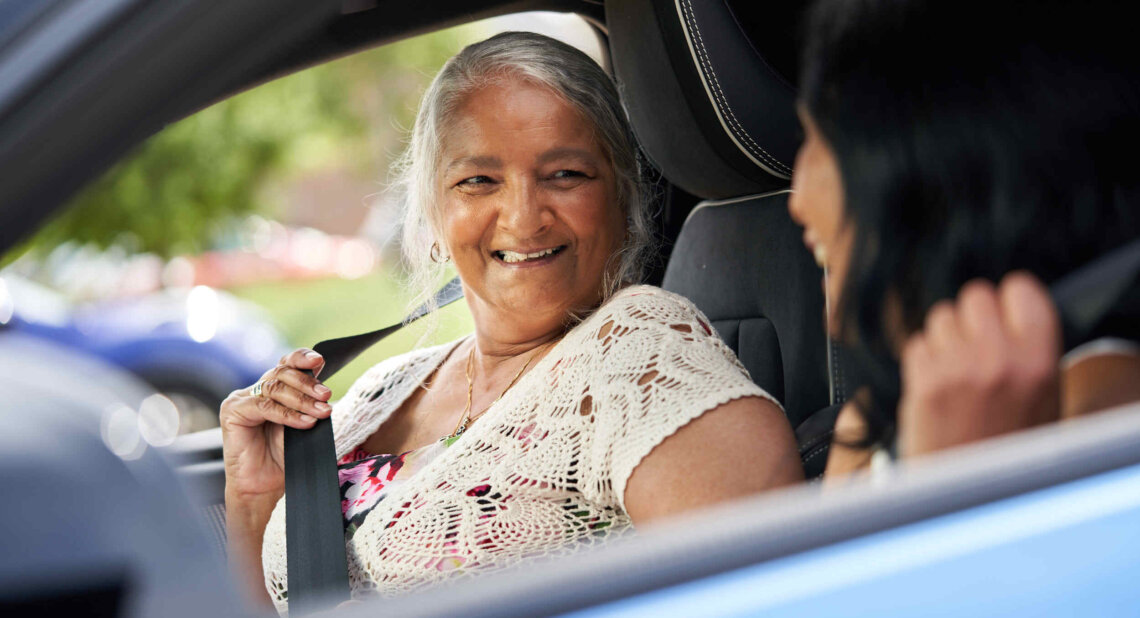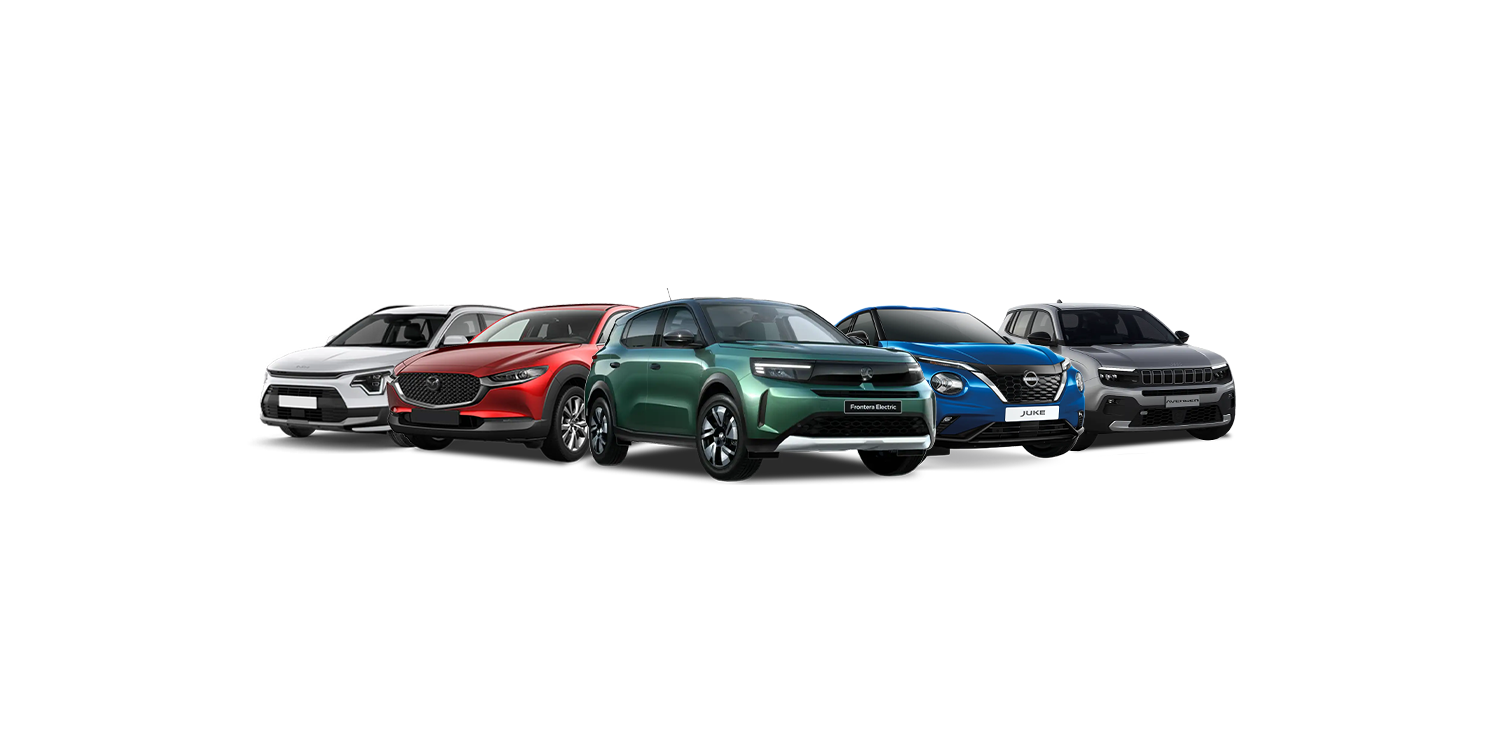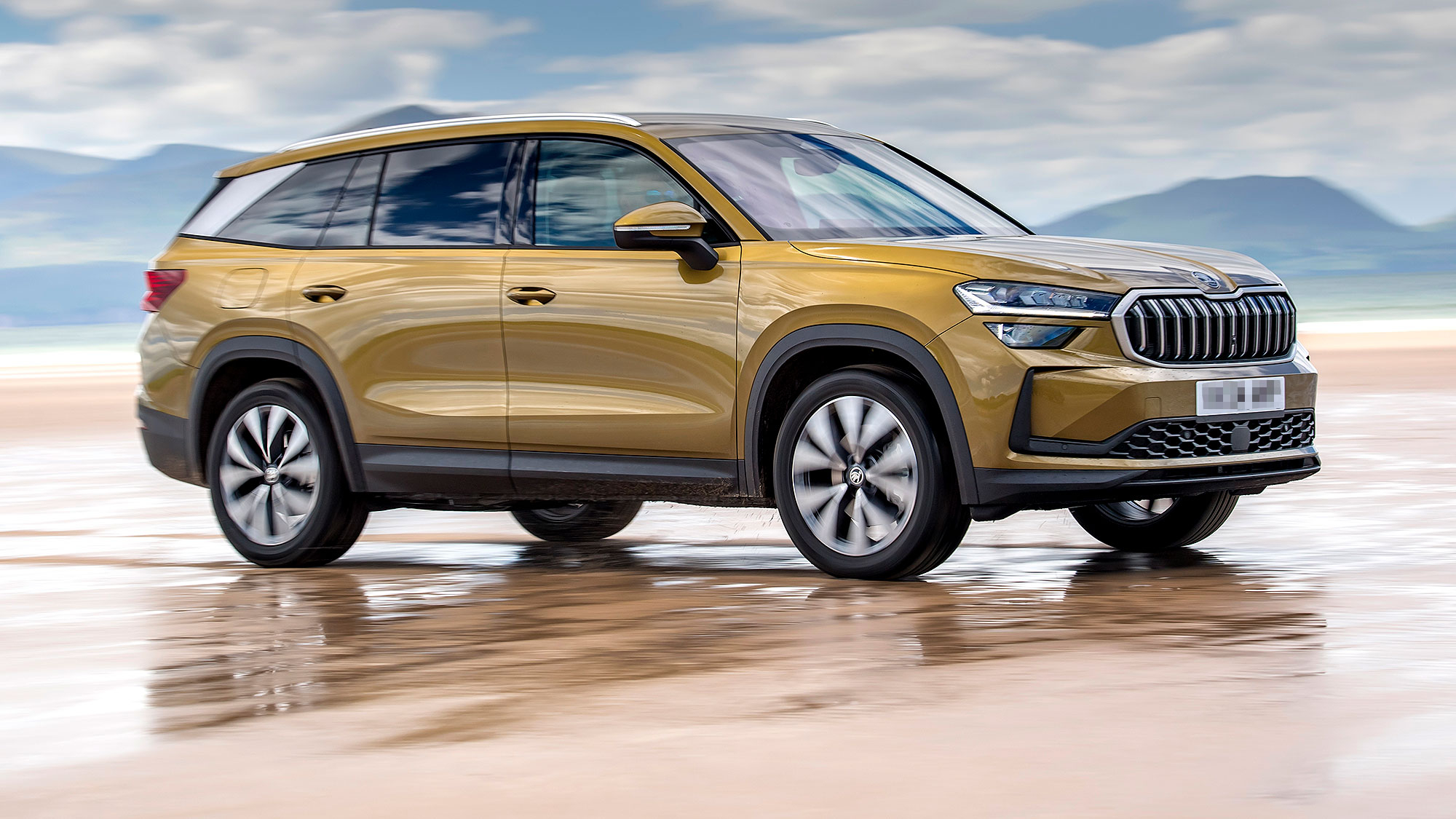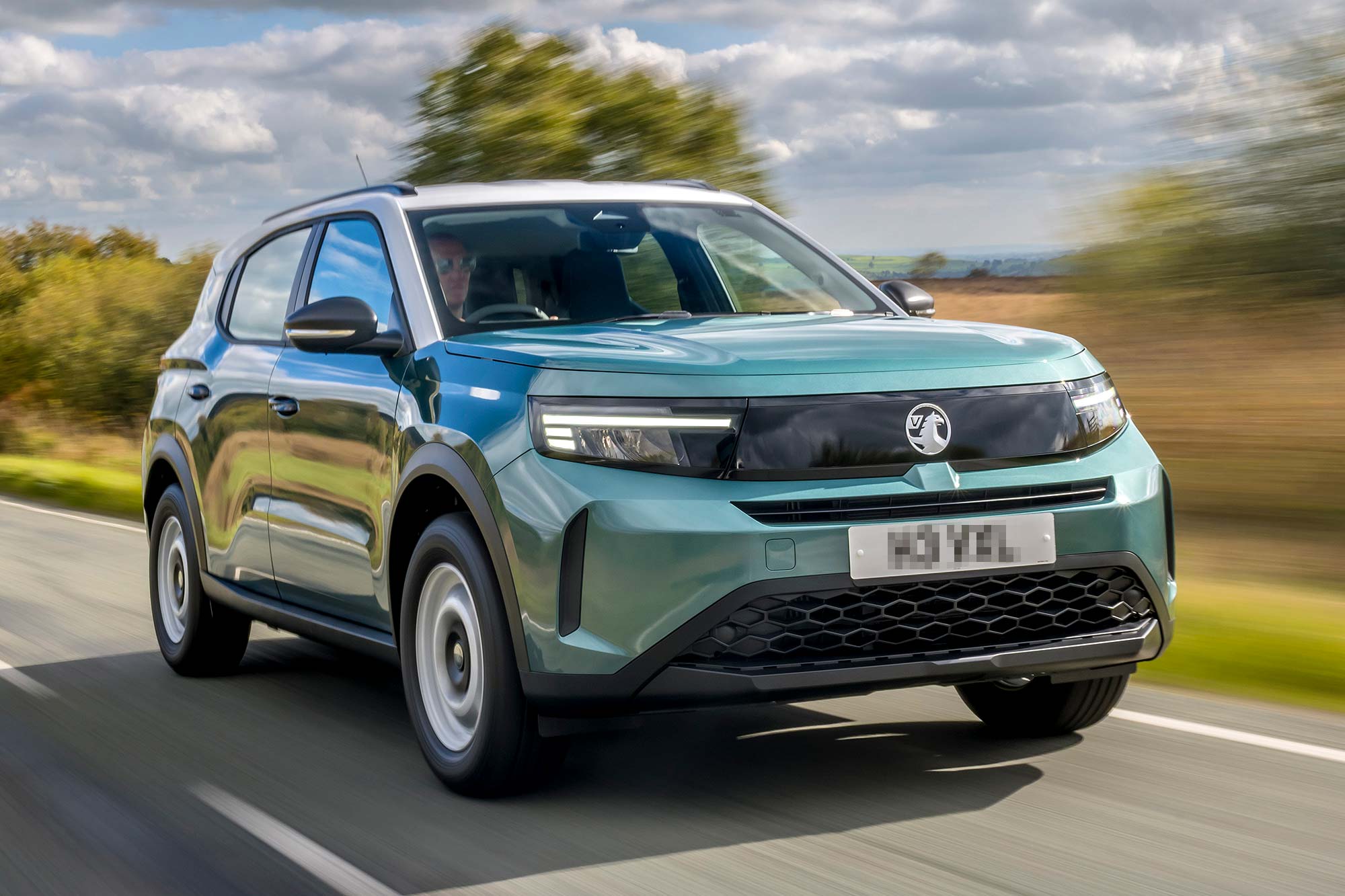Shorter days and changing weather can affect how your car handles. This guide shares practical tips to help you stay safe and confident on the road this autumn.
If you lease through the Motability Scheme, your insurance, servicing, breakdown cover and more are all included, so you’re already covered in more ways than one.
- Driving in the dark
- Driving in fog
- Driving during a storm
- Driving with sun glare
- Top tips from driving in autumn
Driving in the dark
If you feel uneasy driving in fading light, consider some short night drives to get you used to it.
- Always use dipped headlights at night and during dull daytime weather to ensure you’re seen
- When overtaking, keep headlights dipped and switch to main beam only when safe
- Avoid dazzling others with your full beam
If you’re learning to drive, most driving instructors offer evening lessons to give their pupils more confidence driving in the dark. And even if you’ve passed your test, taking a Pass Plus course, which covers night driving in one of its modules.
Driving in fog
Fog is one of the most dangerous weather conditions, as an accident involving one car can quickly escalate to involve others.
Fog, fly-away leaves, and sudden showers can combine to make autumn mornings tricky. Before entering fog:
- Slow down, check your mirrors, and switch on your dipped headlights (fog lights only when visibility drops below 100 m)
- Maintain at least a three-second gap behind the vehicle in front
- At junctions, pause, listen, and only proceed when you’re confident it’s safeIf temperatures drop very low, black ice can form when freezing fog settles on the road. This can make it very slippery and hard to see, so it’s crucial to drive carefully.
Finally, remember to switch your fog lights off once the fog clears. Leaving them on in clear conditions can confuse and irritate other drivers, and you could be fined.
Driving during a storm
Storms can be unpredictable. You should be careful of sudden winds on open roads and bridges as they can nudge your car. If you can, try to hold the steering wheel tightly and be ready to correct your path. Be extra careful if you’re overtaking high-sided vehicles as strong winds can make them unstable.
Read our guide for staying safe around HGVs.
You should also be mindful of large puddles and standing water during heavy rain and flooding, as they can be deeper than they look. If in doubt, turn back. If your car’s engine cuts out after driving through deep water, do not try to restart it, as you could damage the engine.
Breakdown over with the RAC
Your Motability Scheme cover includes RAC Motability Assist, so just contact them if you need help. If you must stop, pull over safely, switch on your hazards, and wait in a well-lit area until help arrives.
The quickest and easiest way to report a breakdown to the RAC is through the MyRAC app. The app can pinpoint your location so the RAC will know exactly where to find you.
Download the myRAC app now
Dealing with sun glare
Low autumn sunlight can be dazzling, especially at sunrise or sunset. To manage glare effectively:
- Clean your windscreen inside and out: Waxy build-up can intensify glare
- Replace wiper blades if they smear: Streaks worsen glare
- Always use your sun visors, and keep a pair of sunglasses in the glovebox
- Slow down if you’re dazzled, and remember: If the sun is behind you, it’s likely in the eyes of drivers ahead
Top tips for driving in autumn
1) Basic car maintenance
Carry out regular checks on your car to make sure it’s in tip-top condition and all the fluids (oil, anti-freeze or coolant, and screen wash) are topped up. You should also make sure your tyres are in good condition and your windscreen wipers are working properly.
Tyre repairs with Kwik Fit
Kwik Fit will repair or replace your tyres as a part of your lease package with the Motability Scheme.
The easiest way to get in touch is through your Motability Scheme online account under the ‘Tyres’ section.
Sign in to your account or create one today.
2) Think about your speed
If you’re driving in adverse weather, it’s important to reduce your speed. Avoid stopping suddenly as this can surprise other drivers. Always follow the speed limits, but if you need to go slower, do this gradually. That way, you can give other drivers time to see you and react.
Always be mindful of vulnerable road users and take extra care around residential area.
3) Remind yourself how to use your fog lights
It’s likely you do not need to use them often, so it’s good to know where the controls are and the difference between the settings. You should know which lights are illuminated at the front and back of your car so you can use them with confidence.
Unsure what different car lights mean? Refresh your knowledge with our guide.
4) Be prepared for first frosts
Do not be tempted to drive with frost on your windscreen and windows as this will limit your vision. Use an ice scraper or de-icer spray to clear the frost. You should not use boiling water to melt ice because it can crack or severely weaken your windscreen and windows.
Give yourself extra time on cold mornings to warm the car up and clear the windscreen and windows. Use the demister or air conditioning to get rid of condensation from your windows before you drive.
If you have an electric vehicle (EV), then you’ll be able to precondition your car. Preconditioning your car while it’s charging at home speeds up the process of using it. This heats up the battery and increases your driving range.
You should also always keep your windscreen and windows clean. Dirt and smudges can make them fog up inside, which can cause glare and make it hard to see.
5) Check your eyesight
Adjusting to fading light can be hard. This is usually when you notice vision problems. You might struggle to see traffic signs clearly because of the glare of other vehicles and traffic lights. If you notice this, then you should book an eye test. Then you can make sure you’re wearing the correct glasses for driving at night if you need them.
6) Keep essential items in your car
It’s helpful to feel prepared for any situation. Here are a few small things you can store in your car to add peace of mind:
- A torch is very useful if you breakdown at night
- A blanket or warm clothing so you can stay comfortable if you break down and need to wait for help in the cold
- A phone charging cable is always helpful, but especially if you’re waiting for someone to contact you about your breakdown
- An ice scraper or de-icer to help clear your windows if the temperature drops
If you do break down, you should find a safe and well-lit place to stop and leave your hazard warning lights on while you wait for help.
7) Lookout for road hazards
When you drive near trees, you should watch out for leaves covering potholes and road markings. Be careful and keep a larger gap between your car and the one in front, as leaves can make the road slippery, especially when it’s wet.
Interested in joining the Motability Scheme?
Join over 860,000 customers who already enjoy the benefits of an all-inclusive package through the Scheme.
Request information to learn more about the Scheme.
Related articles
Worried about how far your electric car will go? Our tool puts you in charge
Tony Hudgell: How the Motability Scheme makes everyday life possible
How to spot the signs that you’re too tired to drive
![]()









